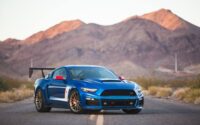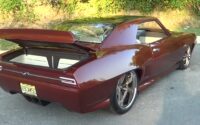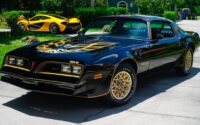The 1973 Plymouth Cuda
Due to a trifecta of performance-crippling gas shortages, exorbitant insurance prices, and chokehold-type fuel economy rules, the 1973 Plymouth ‘Cuda was never equipped with a Hemi.
While some of the bizarre color schemes and designs remained, the luster had vanished. The body design made famous by Swede Savage and Dan Gurney was nearing the end of its run.
On April 1, 1974, ten years after its début as an A-body, the final ‘Cuda rolled off the assembly lines. The celebration had come to an end. Many of us have wrestled with the major challenge of owning an automobile that was built precisely how we wanted it since then. You only have a few options if you want OEM. You might find something that comes near to what you’re looking for, but it’ll almost certainly be expensive and never just right. Furthermore, technology has progressed since those times. The decision was easy for custom automobile builder Telly Violetto of Violetto Autoworks in Montello, Wisconsin. He wanted it all for his custom-built ’73 ‘Cuda, which he calls “Blackend.”
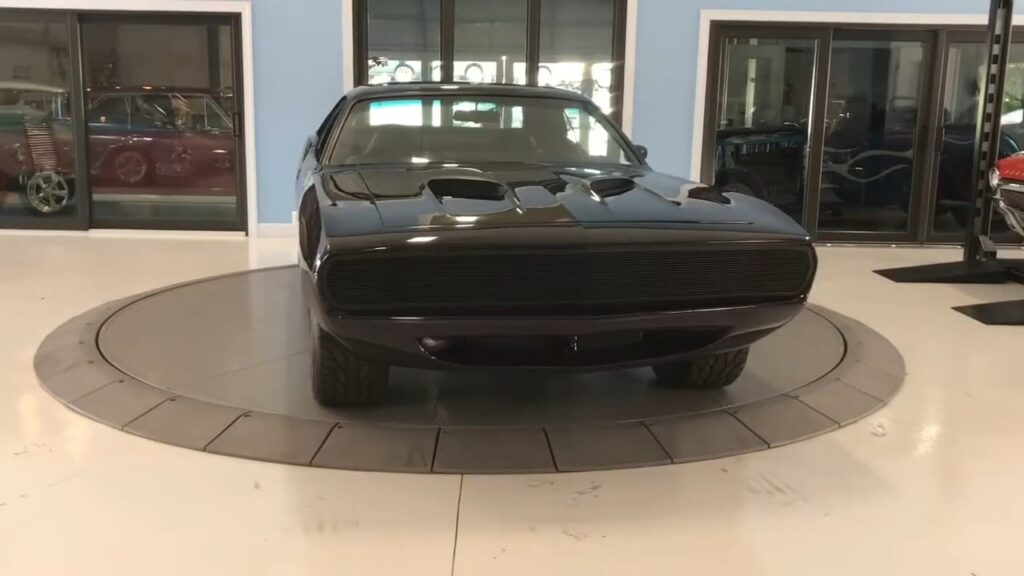
Violetto is one of those men who manages to merge vintage style with modern creature comforts in a way that the old behemoths couldn’t, all while making it look deserving of a red carpet appearance.
The car has a lot of unique tiny details that are difficult to notice. People don’t see the custom front bumper, which was created by combining three ‘69 Camaro bumpers (hey, what are junkyards for anyway?) to get it just right. The back bumper has been tucked in even more, its side markers have been shaved, and the firewall has been smoothed down. The bodywork — four base coats of BASF Diamont Black paint and five glossy coatings of clear – is what most people notice. The majority of the 1,300 hours of build time was probably spent on black-on-black labor. However, once you lift the hood, then there’s little doubt it’s a Hemi — a modern 6.1L stolen from a Dodge Charger with ultra-low mileage.
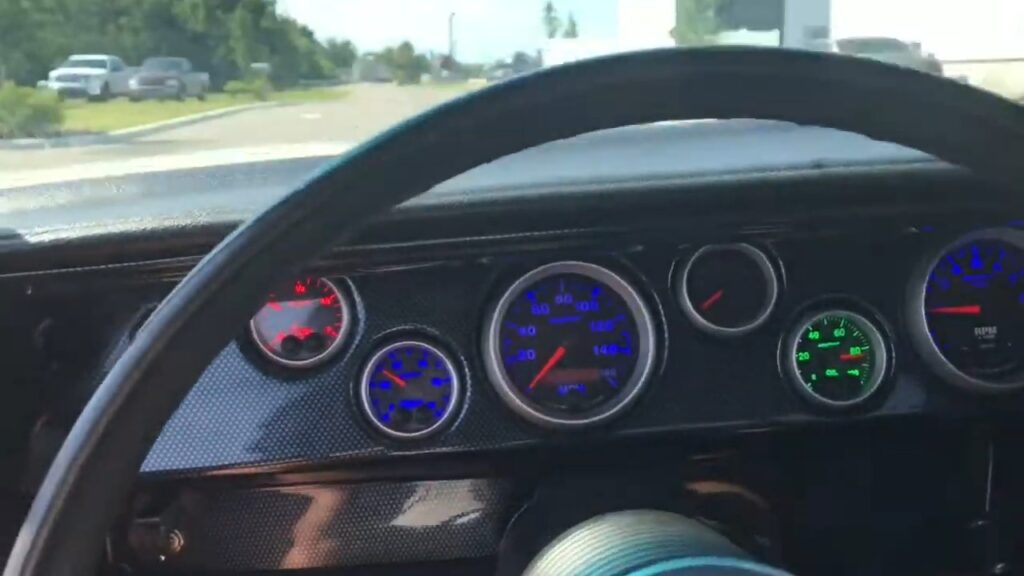
With a pair of tti headers, a three-inch mandrel-bent exhaust, and a DiabloSport tune, the OEM kit produces 425hp/420 lbs-ft of torque when lightly breathed on. The ‘Cuda has the ordinary attributes of a daily vehicle with the power of a weekend ground pounder thanks to a four-speed Allison 545RFE automatic transmission borrowed from a truck. A RMS AlterKtion suspension kit combined with an Air Ride Technologies airbag system aids the front end, while an Air bar four-link offered by Air Ride and its matching airbags aid the rear end, which is connected to a Ford 9-inch rear end with 3.55 ratios and Moser axles.
Frame connectors that have been custom-cut and contoured Violetto fabricated the body out of 112-by-3-inch rectangular tube to reduce body flex, and Budnik wheels measuring 188-inch in the front and a massive 1910-inch in the back, wrapped in NT555 Nitto tires (235/40/18 front, 275/35/19 rear), with four Wilwood 12.19-inch drilled and slotted rotors as well as forged Dynalite calipers stopping it all.
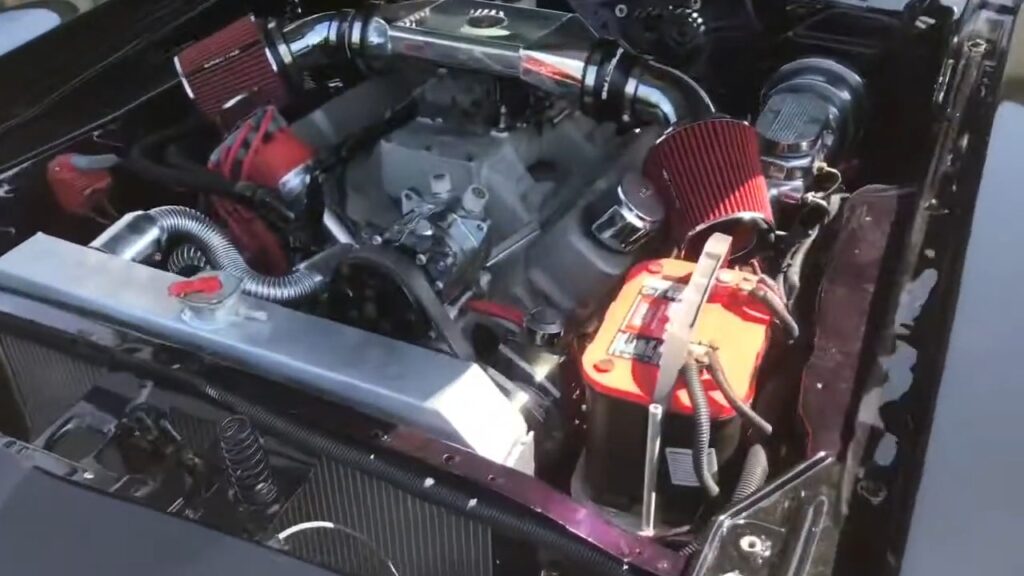
Jim’s Auto Upholstery in Madison, Wisconsin, created the bespoke Ultraleather two-tone look on the inside, while Violetto installed the Nordskog digital gauges to keep track of everything. Dynomat’s Xtreme Fatmat sound deadener has the interior completely silenced. It takes a certain kind of person to prepare and cook a fish like this. Telly’s purpose in building this car was to make something that would showcase his abilities, and his artistry can be seen everywhere. This one lives up to every superlative, having been fixed this hot and spiced to perfection as the final ‘Cudas arrived for American consumption. Yes, it is… Blackend!

